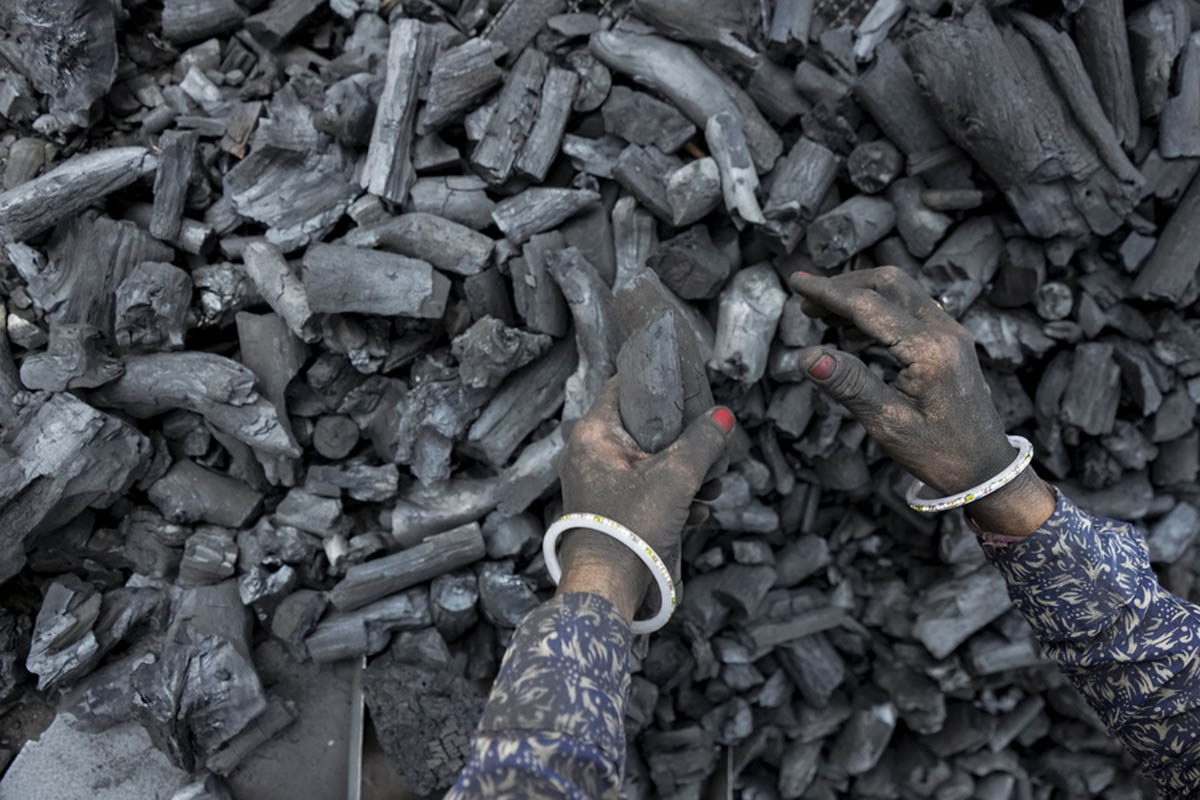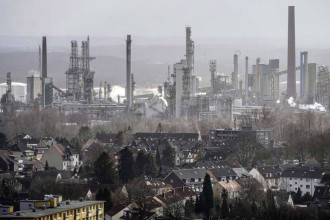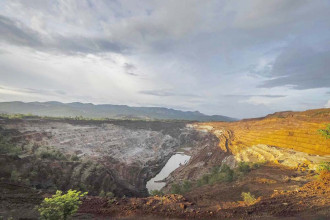
NEW DELHI: Non-fossil fuels now account for half of India’s installed energy capacity — five years ahead of its 2030 target under the Paris Agreement — yet the world’s third-largest greenhouse-gas emitter remains heavily dependent on coal for power generation.
“A landmark in India’s energy-transition journey,” declared Minister of Renewable Energy Pralhad Joshi when figures were released in July, marking a step towards the nation’s goal of net-zero emissions by 2070.
But climate expert Avantika Goswami of the Centre for Science and Environment in New Delhi warns that the milestone reflects only potential capacity, not actual output. “Overall, actual generation from renewable sources is still quite low,” she said, noting that nearly three-quarters of India’s electricity continues to come from polluting coal-fired plants.
Instead of declining, coal production rose by 5% last year to one billion tonnes, according to the coal ministry. “Coal remains crucial,” the ministry said, celebrating “India’s coal boom” and highlighting coal’s role in meeting power demands while storage infrastructure lags behind renewable deployment.
Despite accounting for 50% of India’s 484.8 GW installed capacity, non-fossil sources still face intermittency challenges. Solar leads with 119 GW—the third-largest capacity globally—followed by hydro, wind and a small nuclear component of under 2%.
India’s battery-storage capacity stands at a mere 505 MWh, far short of what is needed to retain surplus renewable energy. At the inauguration of a battery-systems plant in June, Joshi warned that without storage, “we will either waste that energy or fall back on coal when renewables dip.”
Dependence on battery storage also raises supply-chain concerns: China controls around 70% of the world’s rare-earth metals required for batteries, Singh notes, underscoring India’s ongoing reliance on its neighbour even as ministers meet to discuss rare-earth supplies.
One alternative under consideration is pumped-hydro storage, which uses excess renewable energy to pump water to high-elevation reservoirs for later power generation.
Goswami argues that a successful transition will require both reducing the emission intensity of existing coal plants and better integrating renewables into the grid to truly shift India’s energy mix.
By RSS/AFP






